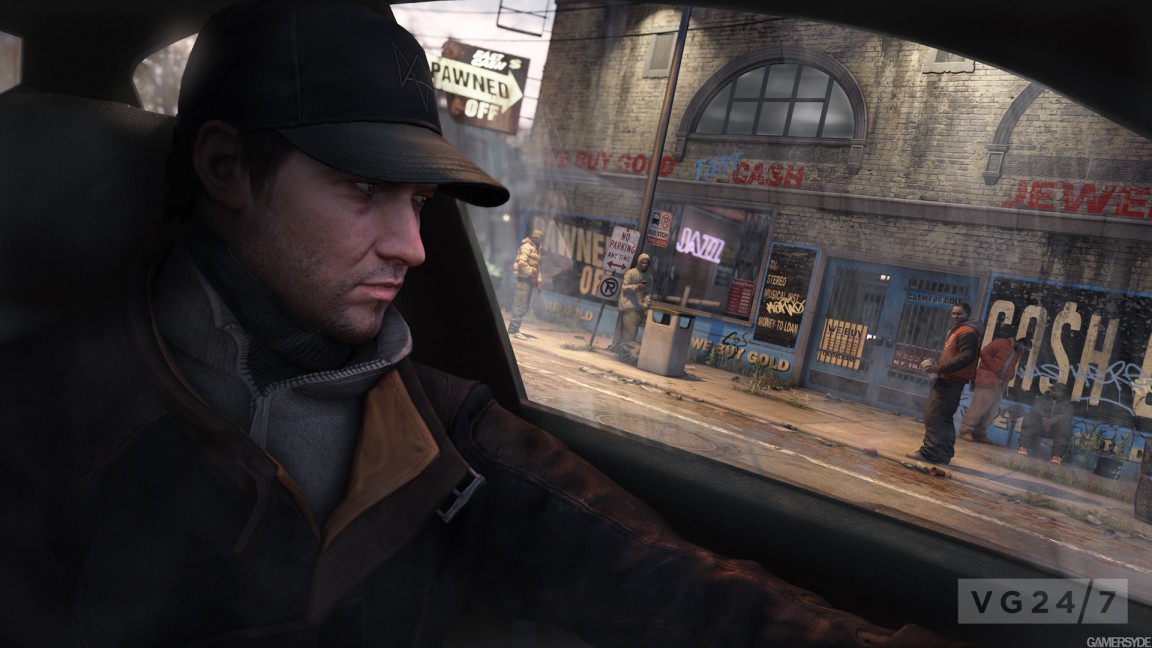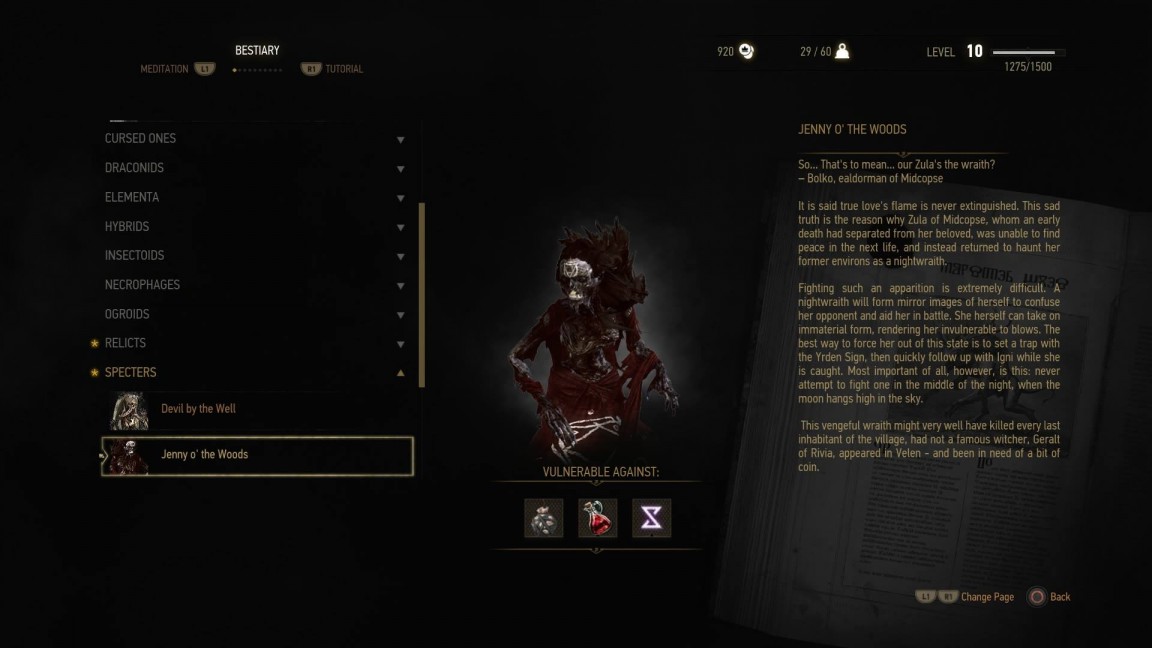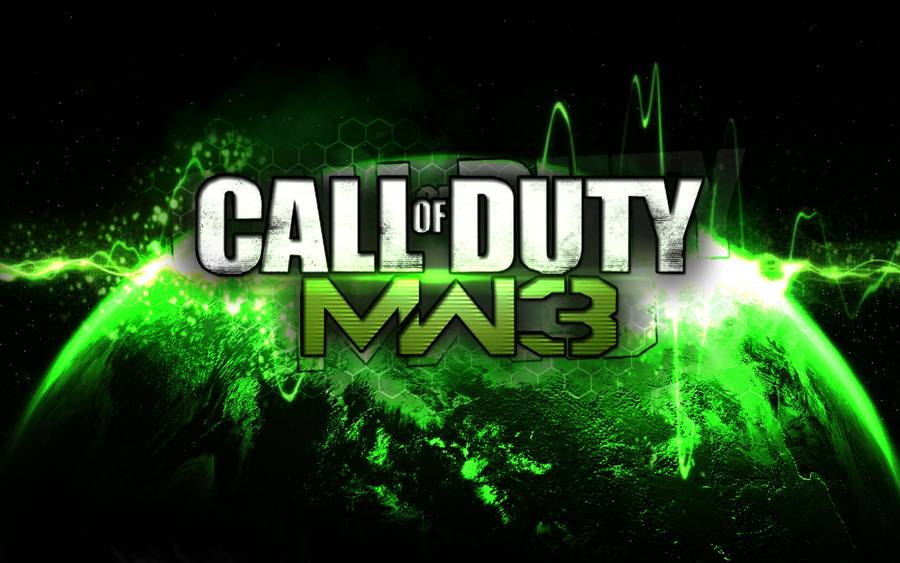

Because a) there were seven Triple Crown winners in the 1930s/1940s and b) Affirmed, Seattle Slew, and especially Secretariat won the last three in the 1970s, Whirlaway, the 5th winner of the most coveted title in all of thoroughbred racing, is often overlooked, and that’s a shame because not only did he win the Triple Crown in 1941, but he also is one of the few horses to ever win Horse of the Year in back-to-back fashion.
Whirlaway was a bit a wild horse. Born and bred at the legendary Calumet Farm, the imposing chestnut had a long tail that trainer Ben Jones (who would later train fellow Triple Crown winner Citation) felt fit the personality of his horse. In his juvenile season of 1940 he scored impressive wins in the Breeders’ Futurity, the Hopeful, and the Saratoga Special Stakes. These notches in his belt showed the racing world that Whirlaway was a horse that would be reckoned with as a 3-year-old colt.
However, he also had habit that Jones felt had to be corrected before the Kentucky Derby in 1941. As a 2-year-old and early in his 3-year-old campaign, he would veer to the right in the stretch, oftentimes ending up in the middle of the racetrack or farther. Because of Whirlaway’s breathtaking speed and the fact that he was a closer, he could sometimes get away with this habit and still win. But Jones knew that the Kentucky Derby and the other two legs of the Triple Crown, the Preakness and Belmont Stakes, would not be as forgiving. Therefore, Jones hatched a plan. While the horse was working out for the Derby at Churchill Downs, a type of blinker called a full-cup was placed over his right eye, effectively blinding him on that side. For two full weeks the horse trained with no vision in his right eye at all. Then, just five days before the 1941 Kentucky Derby, Jones cut a very small hole in the full-cup blinker, then he stood about ten feet away from the rail in the stretch and had the great jockey Eddie Arcaro ride Whirlaway through that space at full speed. He ran fast and straight right through the narrow space.
The real proof that the Jones plan worked was in the race itself. Whirlaway treated the huge crowd at Churchill Downs to speed never before seen up to that point. He won by over seven lengths and finished in a blistering time of 2:01 ⅖, establishing a record for the Kentucky Derby. Jones and Arcaro knew at that point that all the hard work had paid off, and that he should win the other two legs of the Triple Crown. He came from behind in the second half of the Preakness, just as he had done in the Derby, to win pulling away. Jones and Arcaro knew that because Whirlaway was so full of run at the end of his races that he most certainly had not only the speed, but the stamina required to win the Belmont Stakes.
Three weeks after the Preakness, Whirlaway completed the sweep of the Triple Crown on a good track at Belmont Park. He was never seriously challenged in the race, and had the lead from the ¾ pole onward. Arcaro never had to urge him in the race at all. He just guided him in a straight line and held on for the ride. After he retired, Whirlaway was voted into the Racing Hall of Fame and has been voted the 26th best horse of all time. Even so, Whirlaway is an almost forgotten champion, but here we will never forget him.




 Torchlight 2: The Deadly Dual Pistol Outlander Build Guide
Torchlight 2: The Deadly Dual Pistol Outlander Build Guide STALKER: Clear Sky Tweak Guide
STALKER: Clear Sky Tweak Guide Call Of Duty Modern Warfare 3 Online Tips And Tricks
Call Of Duty Modern Warfare 3 Online Tips And Tricks Ten Village Seeds for Minecraft 1.8 to 1.8.3 (With Videos)
Ten Village Seeds for Minecraft 1.8 to 1.8.3 (With Videos) Borderlands 2 Guide: How To Respec Skill Points Guide
Borderlands 2 Guide: How To Respec Skill Points Guide